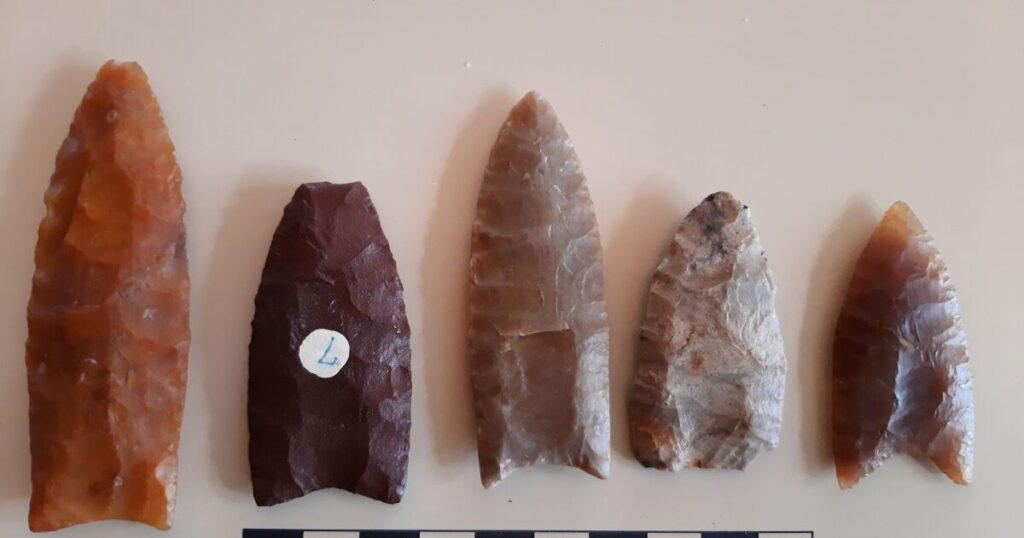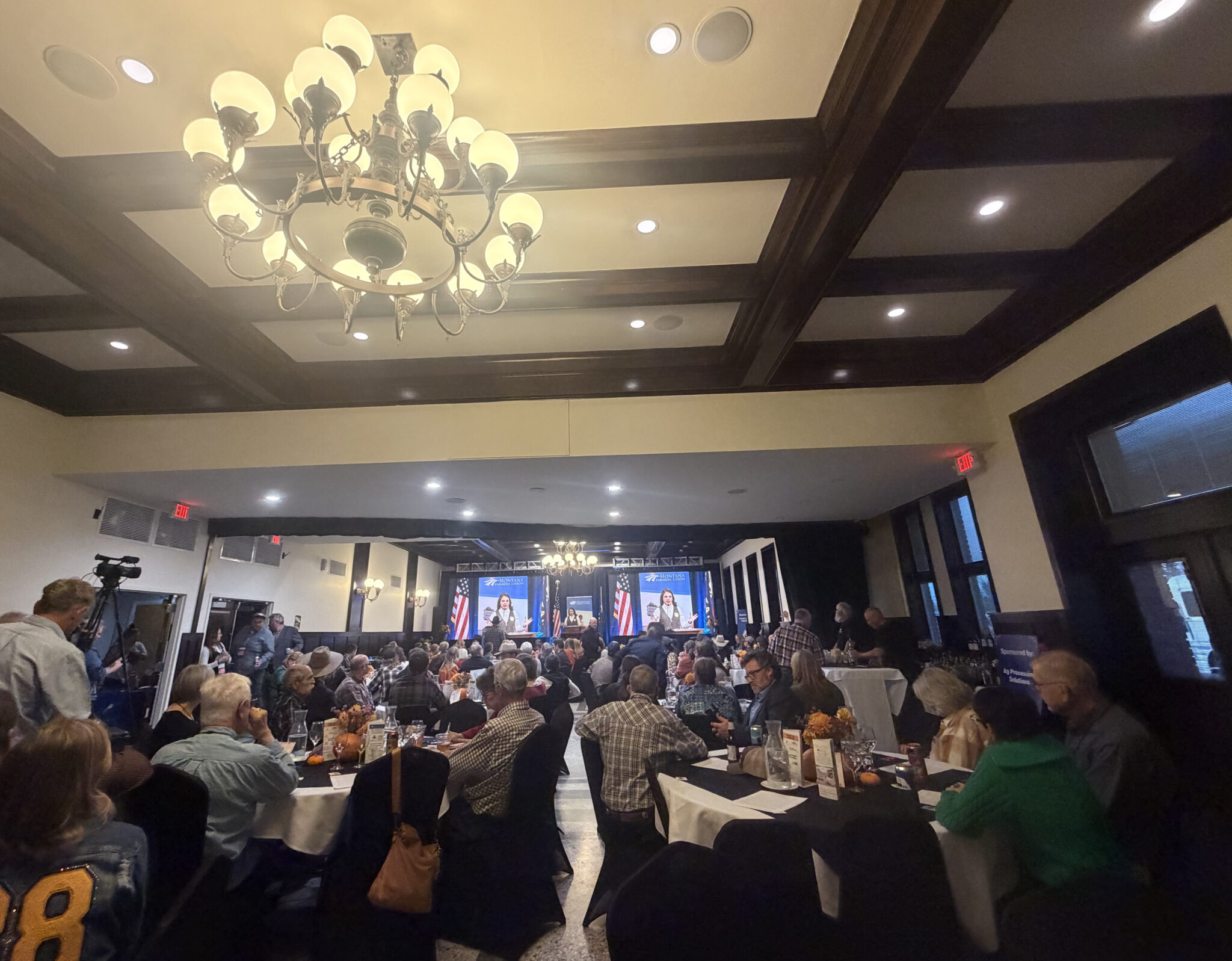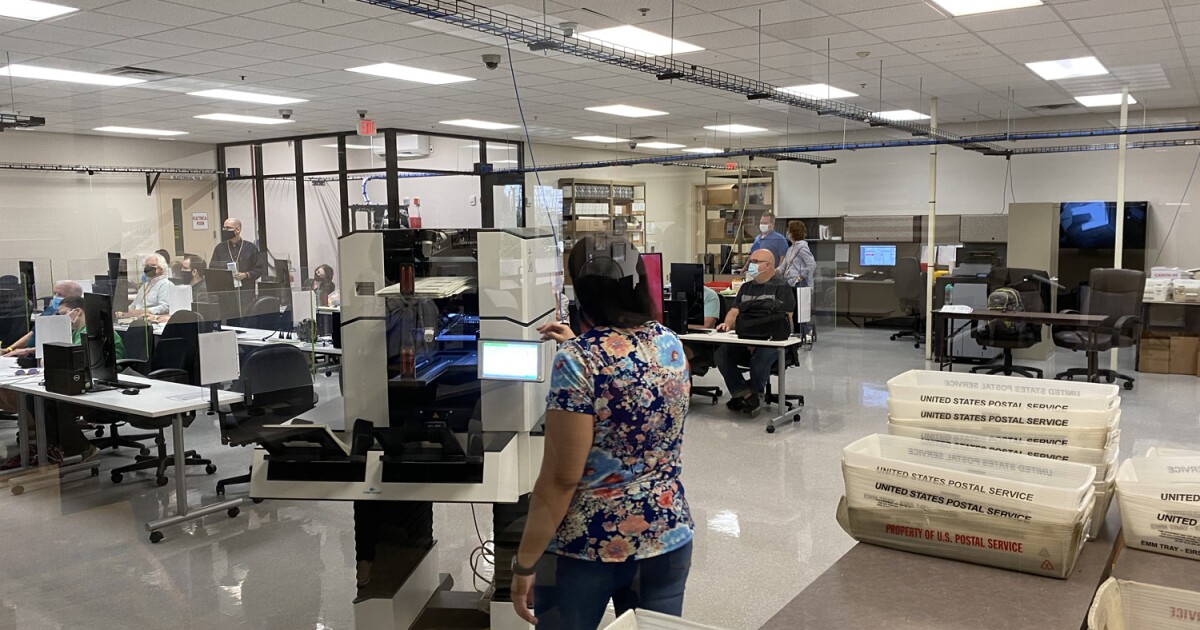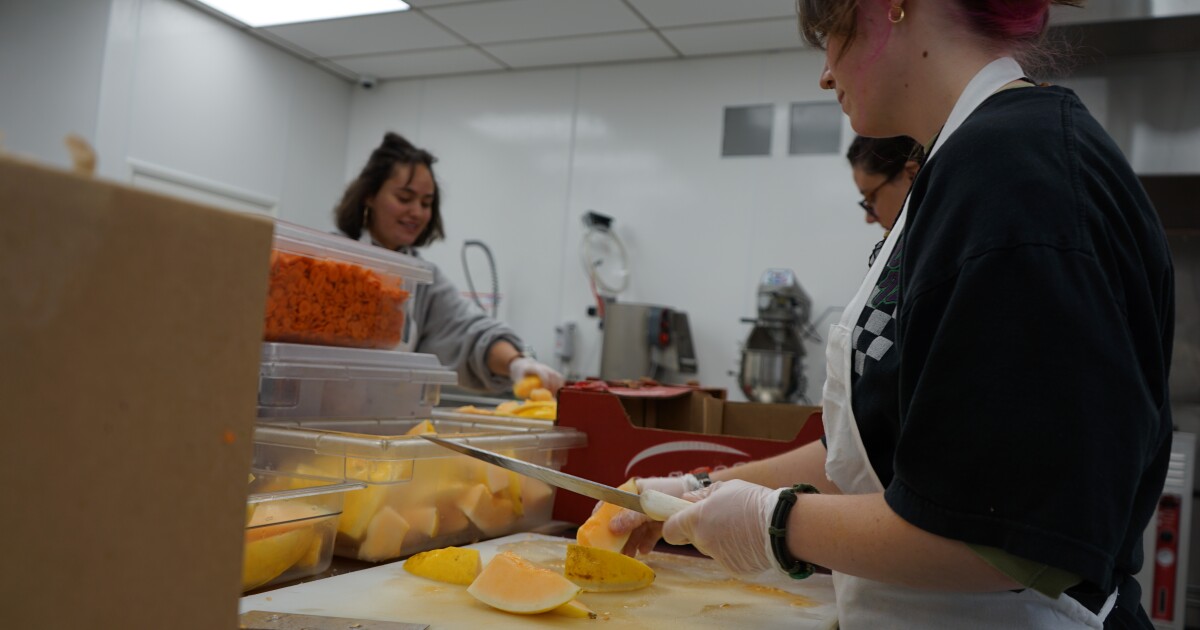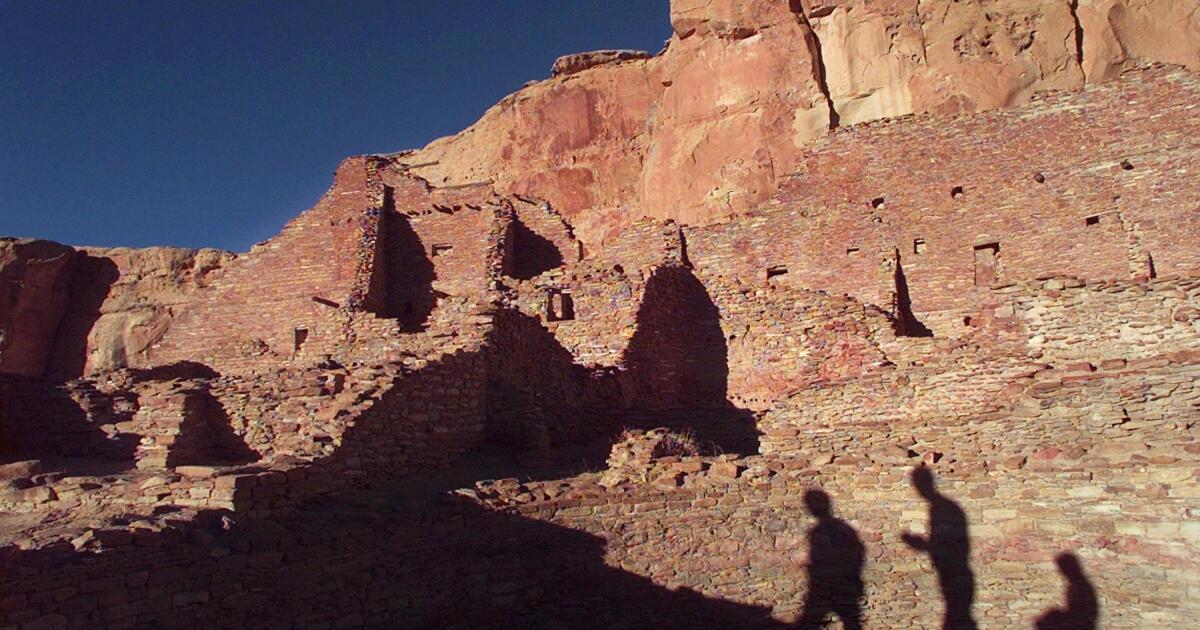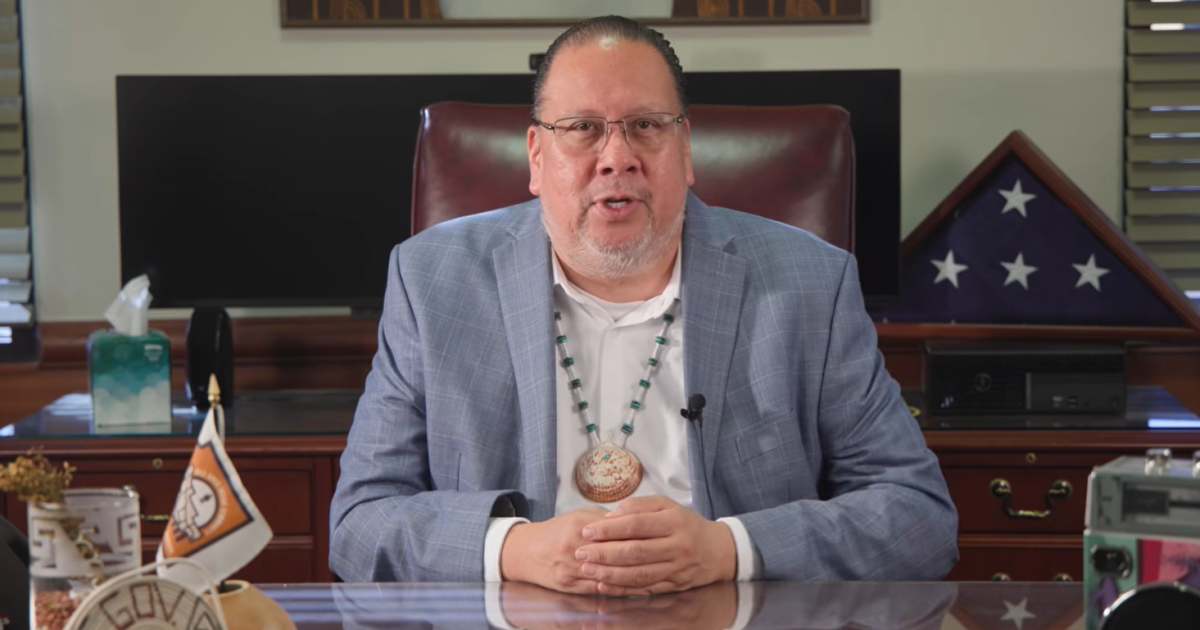The Ancient Clovis People: Master Hunters of the Americas
The Clovis culture, renowned for their unique spear points, represents one of the earliest well-documented human groups in the Americas. These hunter-gatherers were adept at hunting megafauna, primarily mammoths, but their skills extended to other large animals like bison.
Spanning a vast region from southern Canada to northern Mexico, Clovis archaeological sites provide a glimpse into a culture that had firmly taken root by 13,000 years ago. This period coincides with the closing years of the Pleistocene Epoch, an era marked by a drying climate that encouraged mammoths to congregate around dependable water sources.
One significant location is the Lime Ridge site on the Colorado Plateau near Cedar Ridge, Utah. Here, evidence points to the Clovis people engaging in tool maintenance, including the crafting and mending of their iconic spear points. The site’s proximity to springs would have made it an attractive spot for mammoths and other game.
In southern Arizona’s San Pedro River Valley, a remarkable concentration of mammoth kill sites is found. Notably, Murray Springs showcases abundant evidence of Clovis point production, including unfinished spear points and discarded stone flakes, alongside signs of mammoth and bison processing. Clovis hunters likely lay in wait for large mammals as they came to drink from the spring.
The nearby Naco site offers further insight, where Clovis spear points found embedded in a fossilized mammoth’s neck and ribcage suggest a deliberate and successful hunt, rather than mere scavenging of deceased animals.
The bravery and skill required to confront such formidable creatures with stone-tipped spears is awe-inspiring.
This Earth Note was written by Steve Schwartz and produced by KNAU and the Sustainable Communities Program at Northern Arizona University.
—
Read More Arizona News

